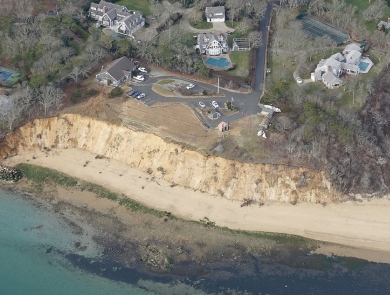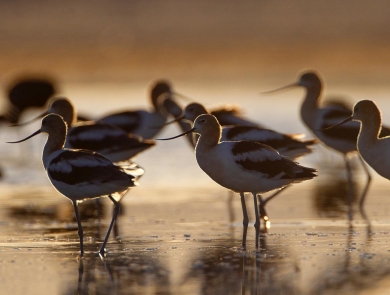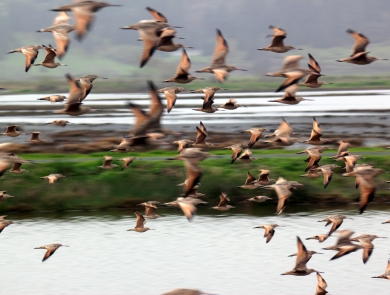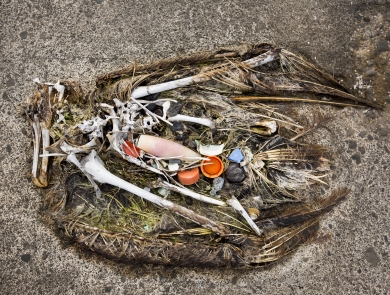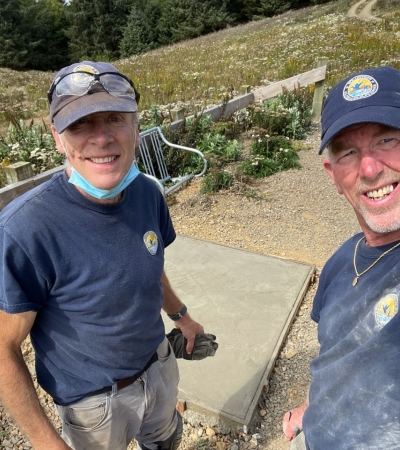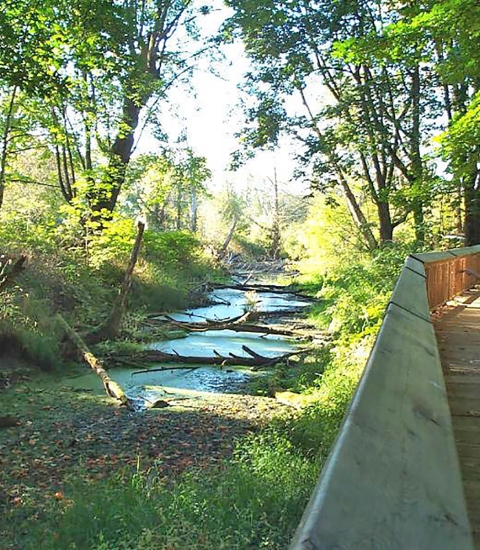Facility
Location
5437 West Jefferson Ave.
Trenton, MI 48183
United States
Volunteer Position Overview
About This Position
The Refuge’s new interactive visitor center will be standing in the dark without your assistance! As a Visitor Center Greeter and Nature Store volunteer, you will help visitors connect to Refuge lands through a variety of recreational opportunities. The John D. Dingell Jr. Visitor Center is located in Trenton, MI at the Refuge Gateway property off West Jefferson Avenue. If you like interacting with people from all walks of life, this is the volunteer position for you!
Volunteer duties include: meet and cheerfully greet visitors; provide area and Refuge recreation opportunity information; give orientations about the work of the U.S. Fish and Wildlife Service and the National Wildlife Refuge System; assist visitors with rules and regulations; answer telephones; answer visitor questions; respond to visitor correspondence; distribute brochures; and restock brochures. Volunteers will have the opportunity to share their knowledge and appreciation of the environment and the National Wildlife Refuge System with diverse audiences.
Age Requirement: Age 18 years old and up.
Duties/Activities
Stories About Volunteering
Other Ways to Work with Us
Are you looking for something different than a volunteer opportunity? The Fish and Wildlife Service employs around 9,000 people nationwide and offers great internship opportunities every year.
